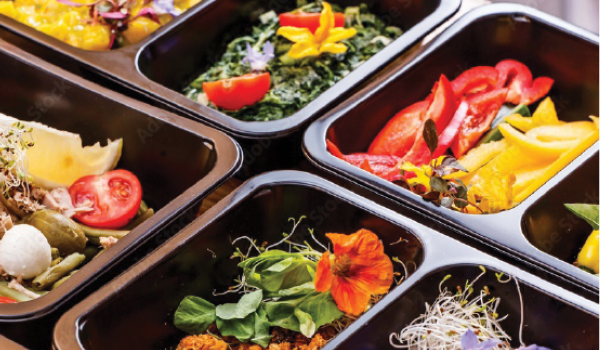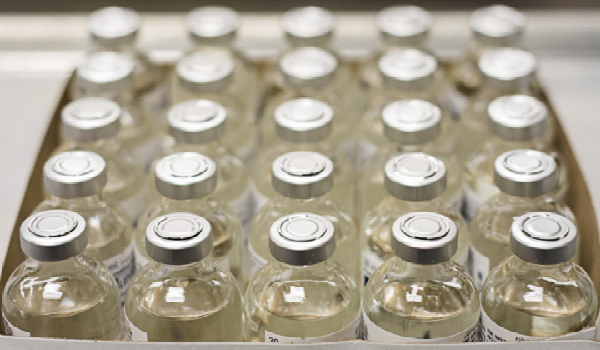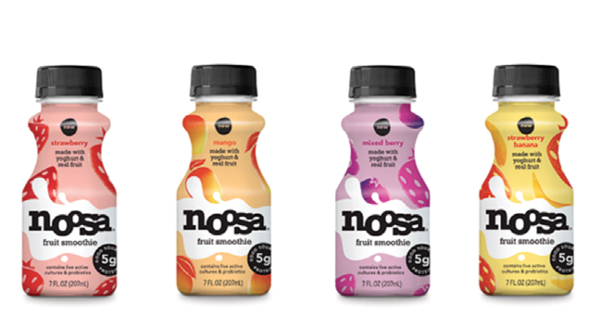Articles
Temperature-Sensitive Goods

12 Inbound Logistics Podcast Episodes for Illuminating Logistics Conversations
Get insightful takes from logistics leaders in these must-listen discussions, packed with practical tips and observations.
Read More
Key Habits of Highly Effective Cold Chain Shippers
Maintaining optimum conditions for temperature-sensitive cargo takes experience and know-how. Here are four attributes of effective and reliable cold chain shippers.
Read More
Food Logistics: Let’s Eat!
The pandemic and shift to home dining and takeout changed the recipe for the food supply chain. Here’s how food companies are devouring new challenges.
Read More
Cold Chain Innovations: Keep Your Cool
For some products, a few degrees more or less can spell the difference between successful delivery and catastrophic spoilage.
Read MoreThe Role of IoT in Keeping Vaccines Safe
The pandemic made clear the need for equity in access to vaccines. In fact, G7 leaders met earlier this year to discuss just that. According to the World Health Organization (WHO), “leaders recognized that no country can be safe until every country committed to develop and distribute effective tests, treatments, and vaccines around the world.” […]
Read MoreWhen Every Product Tells a Story
What makes Amazon so successful? How has the company turned retail (and logistics, for that matter) on its head? The answer is intelligence. Thanks to digital technology and an expansive network infrastructure, Amazon knows more about the demand chain it’s built between brands and consumers than most traditional companies can possibly grasp. But that’s changing. […]
Read More
Tive Helps Optimize Courier Deliver OTIF Pharma Products by Eliminating Temperature Excursions
Without real-time visibility into your pharma shipment’s location and temperature, you are risking costly failures in your supply chain.
Read More
Logistics Supports a Healthy Pharma Industry
From managing distribution channels to boosting visibility and security, the pharmaceutical and life sciences supply chain mixes complexity with risk. Here are the technologies and strategies that inject efficiency into supply chains.
Read More
Blend of Solutions Saves the Day for Yogurt Maker
When yogurt maker Noosa needed to sleeve bottles of drinkable yogurt while maintaining their temperatures, Verst provided solutions to make sure processes went smoothly.
Read MoreImproving Cold Chain Operations
A wide range of factors can impact the transport of temperature-controlled goods. Here are 10 tips to help ensure smooth cold chain operations.
Read More